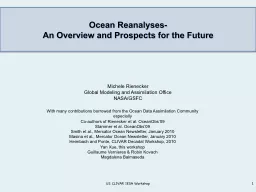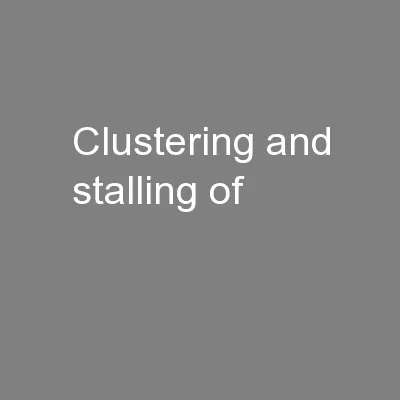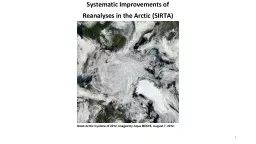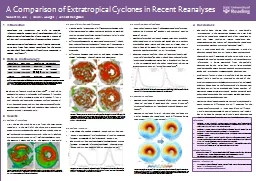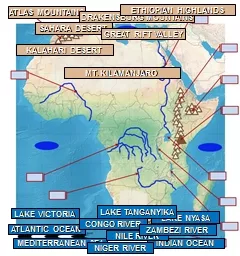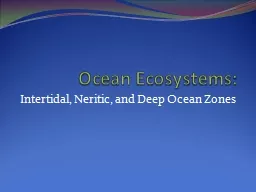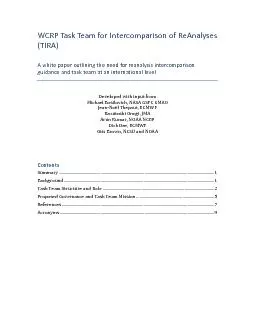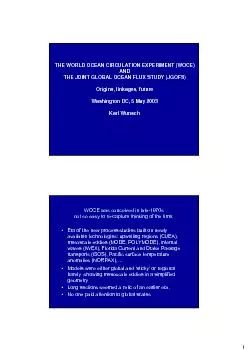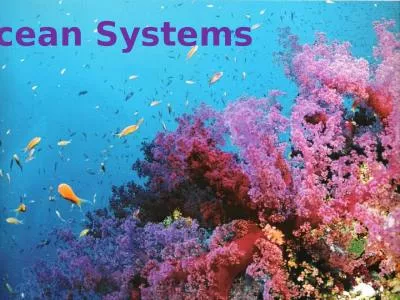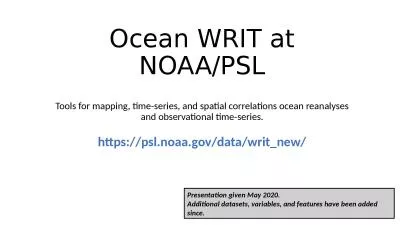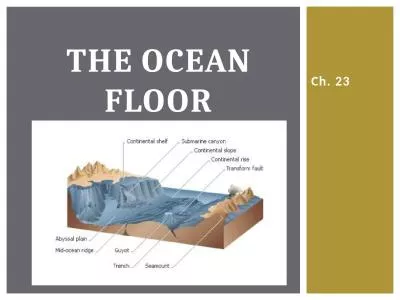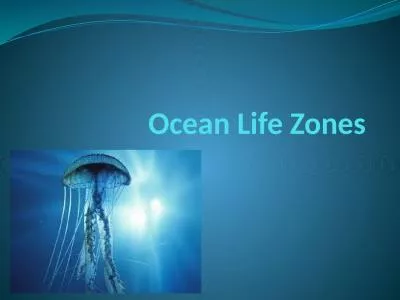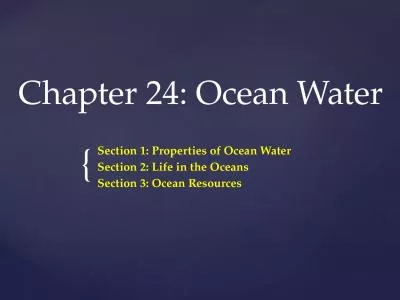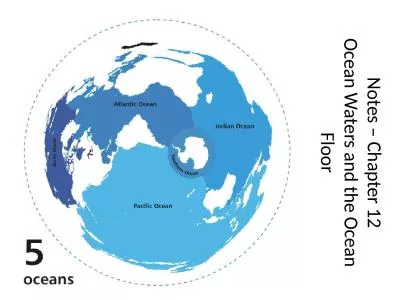PPT-Ocean Reanalyses-
Author : tatiana-dople | Published Date : 2016-07-19
An Overview and Prospects for the Future Michele Rienecker Global Modeling and Assimilation Office NASAGSFC With many contributions borrowed from the Ocean Data
Presentation Embed Code
Download Presentation
Download Presentation The PPT/PDF document "Ocean Reanalyses-" is the property of its rightful owner. Permission is granted to download and print the materials on this website for personal, non-commercial use only, and to display it on your personal computer provided you do not modify the materials and that you retain all copyright notices contained in the materials. By downloading content from our website, you accept the terms of this agreement.
Ocean Reanalyses-: Transcript
Download Rules Of Document
"Ocean Reanalyses-"The content belongs to its owner. You may download and print it for personal use, without modification, and keep all copyright notices. By downloading, you agree to these terms.
Related Documents

